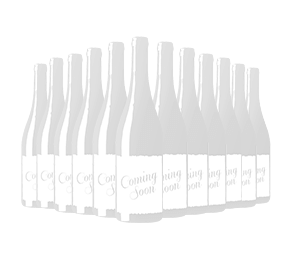Chat with Vinny
Immerse yourself in the spectacular world of German white wines in our comprehensive guide. From the vibrant vineyards of the Rhine to the steep slopes of Mosel, Germany is home to some top-notch white wines that are delicious and offer great value.
Whether new to German white wine or a seasoned enthusiast, join us as we travel through Germany’s wine regions, unveiling the must-try white wines.
What is German white wine like?
German white wines are globally renowned for their wide range of styles and exceptional high quality. They range from bone-dry to lusciously sweet, including still, sparkling and ice wines.
Depending on the grape variety and winemaking techniques, flavours can range from bright and fresh citrus and green apple notes in a Riesling to exotic fruit and floral notes in a Gewürztraminer to more subtle, earthy flavours in a Silvaner.
Regardless of the grape, German white wines are known for their precision, balance and the ability to reflect the region’s unique conditions. They offer a delightful blend of fruitiness, acidity and sweetness. This balance helps them pair well with various dishes, from local cuisine to Asian feasts.
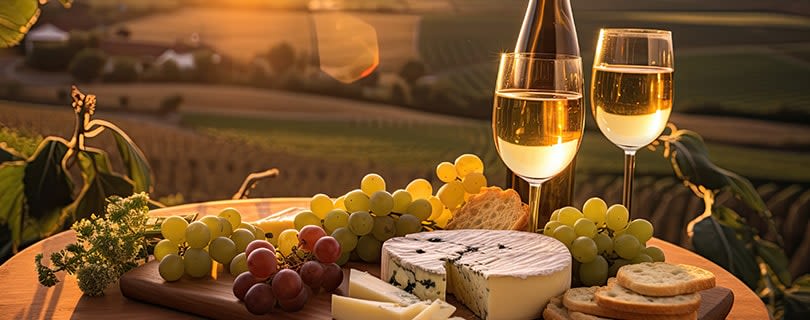
Germany’s white wine regions
Germany has 13 major wine regions, almost all producing white wines. Here are some of the key regions:
Mosel: Situated along the Mosel River, this region is renowned for its steep, slate-soil vineyards and is famous for its light-bodied Rieslings, characterised by their high acidity and mineral notes.
Rheingau: This small region on the Rhine River is one of the few places in Germany with a significant number of south-facing vineyards, providing more sunlight for ripening. It’s known for its dry and sweet Rieslings.
Pfalz: The Pfalz region, located in the Rhine Valley, has a milder climate and produces various white wines. It’s known for its full-bodied and dry Rieslings.
Rheinhessen: As Germany’s largest wine region, Rheinhessen produces a wide variety of white wines. It’s known for its Riesling, but Müller-Thurgau and Silvaner are also widely grown.
Baden: This is Germany’s warmest, southernmost wine region, capable of ripening various grapes. You can find Grauburgunder (Pinot Gris), Weissburgunder (Pinot Blanc) and other varieties here.
Nahe: This region is noted for its diverse soils, resulting in a vast array of wine styles, particularly Riesling.
Franken: Home of Silvaner, the grape that thrives in the mineral-rich soils here and produces wines that are dry, earthy and full-bodied.
Popular German white wines
Germany is known for producing a wide range of white wines. Here are some of the most popular grape varieties:
Riesling
This is undoubtedly the most famous and internationally recognised of Germany’s white wines. German Riesling is diverse and can range from bone-dry to lusciously sweet. It’s known for its high acidity, complex aromatics and ability to express terroir.
German Rieslings, particularly from regions such as Mosel, Rheingau and Pfalz, are world-renowned and appreciated for their balance, finesse, and exceptional ageing potential.
On the palate, expect flavours of blossom, lime and orchard fruits such as nectarine, apricot, apple and pear. Riesling develops complex aromas and flavours as it ages, including unique petrol or diesel notes.
Thanks to its bright acidity and range of flavours, Riesling is one of the most versatile food-pairing wines. It pairs beautifully with many dishes, from spicy Asian cuisine to rich desserts.
Explore our range of Riesling wines.
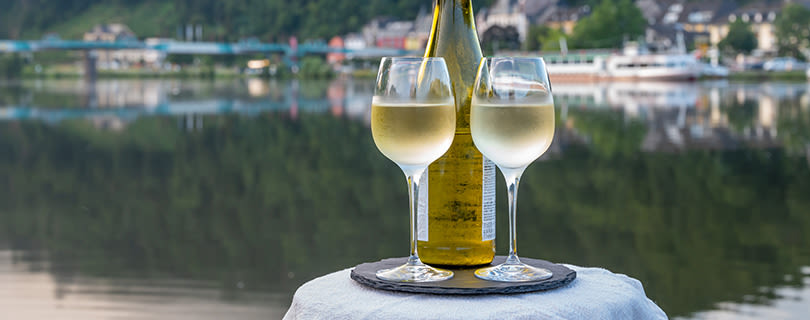
Gewürztraminer
Gewürztraminer is a hallmark German grape known for its distinct aromatic profile and full-bodied style. Typically deep golden in colour, German Gewürztraminer exhibits intense notes of lychee, rose petals and exotic spices such as clove and cinnamon.
While many Gewürztraminers can be sweet, German styles lean towards the off-dry side, balancing the grape’s acidity with its natural sugars for a more refreshing experience.
Gewurztraminer’s robust flavour profile and slight spiciness make it a versatile dinner partner for various dishes, from spicy Asian cuisine to flavourful cheeses and rich pâté.
Explore our range of Gewürztraminer wines.
Pinot Gris
Known locally as Grauburgunder, German Pinot Gris is a full-bodied, well-balanced white wine. The grape thrives in well-known German wine regions, including Baden and Pfalz.
Grauburgunders are often characterised by their alluring aromas of ripe orchard fruits such as apple and pear, with hints of honey, spice and the occasional touch of smokiness. They tend to have a rich, smooth, rounded texture balanced by refreshing acidity. Although a dry style is the most popular among German winemakers, sweet and late-harvest versions are also made, highlighting the grape’s versatility.
German Pinot Gris wines pair well with a wide range of dishes, especially those featuring creamy sauces, poultry and seafood.
Explore our range of Pinot Gris wines.
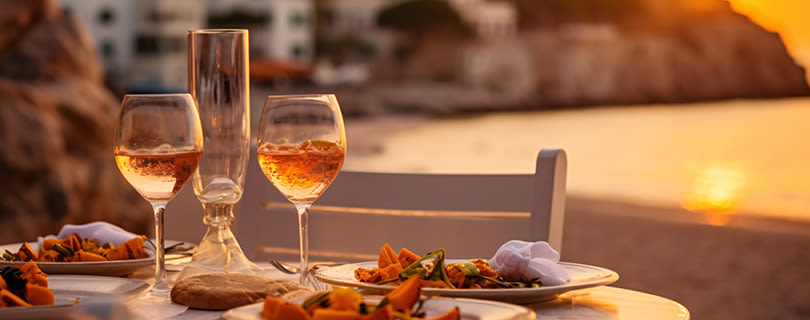
Weissburgunder
Weissburgunder, also known as Pinot Blanc, is a classic white grape variety in Germany. It produces elegantly structured wines, often with a moderate to full-bodied character. German Weissburgunder wines typically exhibit understated fruit flavours such as apple and pear, balanced with refreshing acidity and, sometimes, a hint of creaminess.
They can range from dry to sweet styles and are often enjoyed for their richness, complexity and versatility in food pairing.
Müller-Thurgau
Known for its early ripening and high yields, Müller-Thurgau was the most planted grape in Germany until the late 20th century.
Müller-Thurgau wines are made in various styles, from off-dry to semi-sweet. Light-bodied with moderate acidity, these fresh and fruity wines are typically enjoyed young, although some can age and become more complex over just a few years. They offer a fragrant mix of floral and fruit notes, including green apple, peach, grape, elderflower, fresh herbs and the occasional hint of nutmeg.
Müller-Thurgau wines are perfect as an aperitif but can also be served with light, summery dishes – think flaky white fish on a bed of fresh spinach or grilled chicken breast salads drizzled with a lemon and herb dressing.
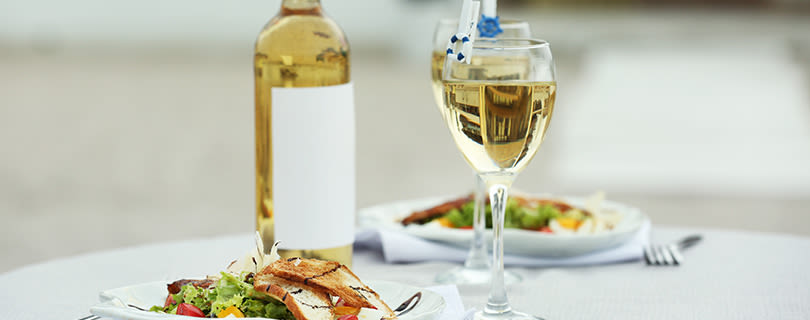
Silvaner
Silvaner (also spelt Sylvaner) is a native German grape that produces dry, medium-bodied wines with a well-balanced structure and moderate acidity. In a glass of Silvaner, you can expect flavours and aromas of apple, lemon, pear, honeydew melon, grass and fresh herbs with a crisp mineral finishing hint.
Like Riesling, Silvaner is particularly valued for its regional expressiveness. The Bavarian region of Franconia is considered the homeland of Silvaner in Germany. Silvaner from Franconia is known as a dry white wine from Germany that is full-bodied and earthy, often with a powerful structure and impressive longevity.
Silvaner is a versatile wine for food pairings – try a glass with some hearty German cuisine.
Kerner
This grape – a cross between Trollinger and Riesling – produces wines known for their vibrant acidity and aromatic qualities, with citrus, peach and apricot notes.
These wines are typically medium-to-full-bodied and range in style from dry to sweet. Kerner wines are prized for their balance and versatility, pairing well with many dishes, particularly seafood and white meat. Although best enjoyed when young, some styles can become surprisingly complex after a few years of graceful ageing.
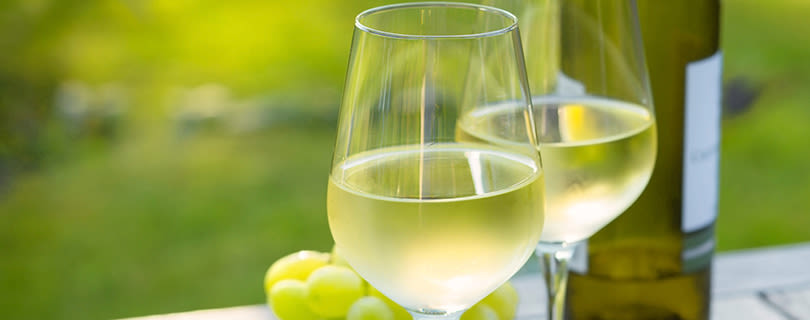
Ice wine
Ice wine, or ‘Eiswein,’ is a luxuriously sweet German wine that traces its origins back to the early 19th century. An unexpected late frost nearly ruined an entire grape harvest during this period. However, innovative winemakers seized the opportunity to press the frozen grapes instead of discarding them, creating this intensely sweet wine. Today, ice wine is made intentionally by leaving grapes to freeze on the vine and can be harvested during the chilly night time hours to maintain their frozen state.
Despite its rich sweetness and luscious texture, ice wine retains a lively, refreshing quality due to its vibrant acidity. The flavour profile of ice wine can vary significantly depending on the grape variety used. It can include anything from crisp pear notes to lush tropical fruit flavours, often complemented by nuances of citrus and honey.
Sekt
This delightful German sparkling wine is made from several native white grape varieties, including Riesling, Weissburgunder and Grauburgunder. It is made using the Charmat (tank fermentation) and the traditional method (secondary fermentation in the bottle), similar to the iconic French Champagne.
Available in a range of styles, from dry (trocken) to sweet (süß), Sekt is a popular choice at celebrations or as an aperitif because of its lively acidity, delicate bubbles and nuanced flavours of citrus and jasmine.
Riesling Sekt is one of the more popular styles, famous for its complexity and longevity, boasting vibrant citrus and mineral hints. Versatile and food-friendly, you could pair a glass of Sekt with just about any dish, from earthy mushroom pasta to colourful charcuterie boards to light vanilla cakes.

Ready to start exploring German white wine? Shop our range of German wine and discover your next favourite.
About the author
Brogan Wilson
Qualified to WSET Level 2 Wine, Brogan is a relatively new member of the team, having joined in September 2023. She previously worked as the sole copywriter at a creative marketing agency, and before that, as a primary school teacher. At Laithwaites HQ, you’ll find her growing her knowledge, asking lots of questions, and crafting both digital and print copy. An ardent red wine drinker, Brogan is also fond of Crémant.
